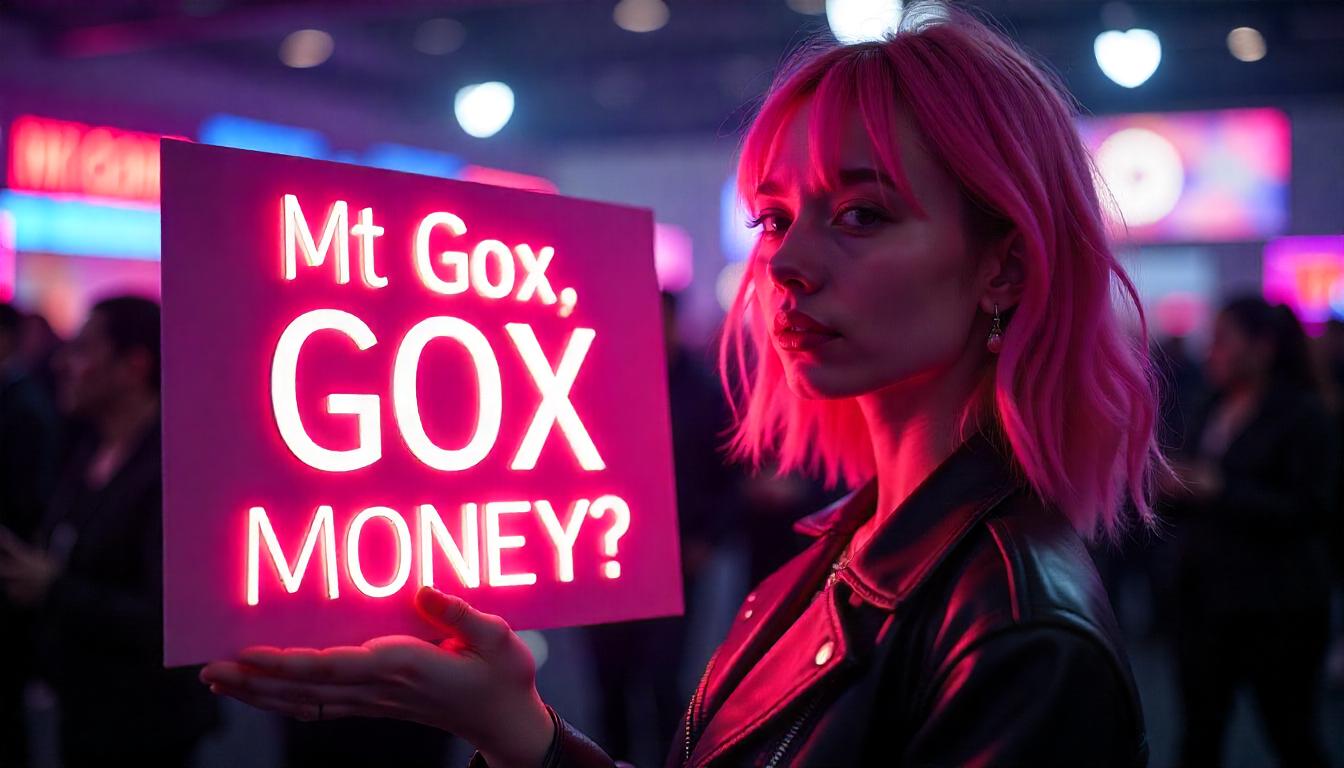The Cardboard Cry That Echoed Through Crypto History Is Now Up for Auction
What began as a single man holding a piece of cardboard in the snow would become a defining image of Bitcoin’s coming-of-age crisis.
In February 2014, Kolin Burges stood silently outside the Tokyo office of Mt. Gox—then the world’s largest bitcoin exchange—holding a sign scrawled with frustration: “Mt. Gox, Where Is Our Money?” He had flown from London on instinct, after withdrawals on the platform froze without warning.
That handmade sign is now being auctioned on Scarce.City, with bidding opening Friday. The reserve price is set at 4.5 BTC, or around $383,000, and the auction will run until April 3.
“At the time, I just wanted answers,” Burges told CoinDesk. “I didn’t think anyone would care about the sign years later—it was just cardboard. But it captured something bigger.”
That “something bigger” was the implosion of Mt. Gox. In the days after Burges’ protest, the exchange filed for bankruptcy, revealing a loss of 850,000 BTC—worth billions today. His image, alone in the cold with a hand-drawn plea, went viral and symbolized the fragile, unregulated edge of a new financial frontier.
Behind the scenes, Burges says, it quickly became clear Mt. Gox was spiraling. “They told us to protest inside, away from cameras. They said the pressure might bring the whole exchange down. That confirmed it for me—they were already falling.”
The final sign came when a company representative’s credit card was declined at a bar. “That was it,” he said. “The cracks were now too wide to hide.”
Years later, Mt. Gox’s CEO Mark Karpeles was acquitted of embezzlement, convicted of data manipulation, and handed a suspended sentence. Since then, he’s resurfaced with crypto ventures like EllipX and Ungox, attempting to re-enter an industry still shaped by his company’s collapse.
For Burges, the auction is less about profit and more about passing on a moment that shook an entire ecosystem.
“It’s more than a protest sign,” he said. “It’s a relic from the moment crypto lost its innocence.”





